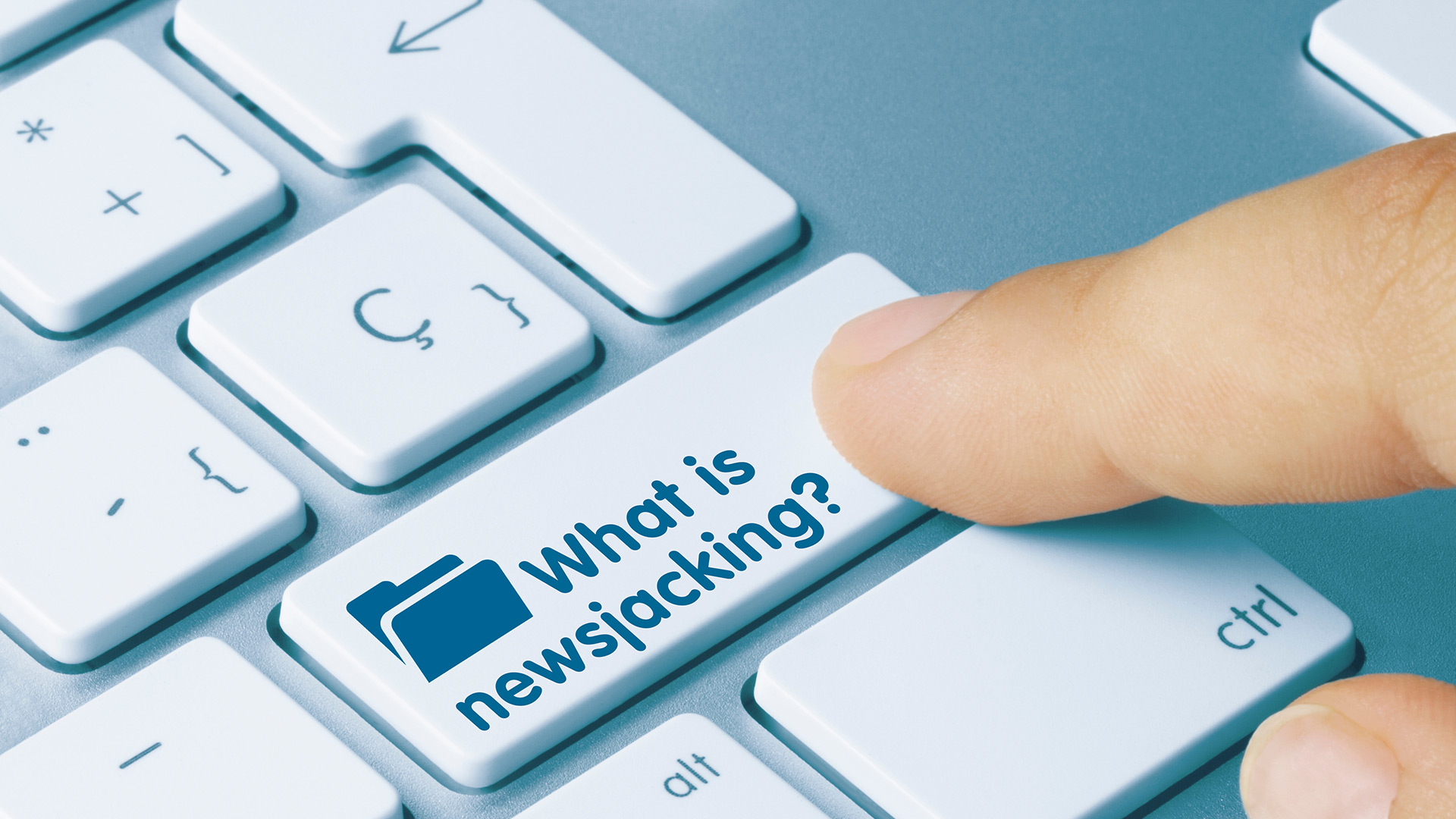
What Is the Role of a Stakeholder?
When you’re at the helm of a marketing campaign, you’ve got three parties to please. Of course, your marketing strategies need to deliver the results your client requires. Customers at the receiving end of your campaigns must be happy with what they see or experience. The third is the party not many speak of — the stakeholder.
The stakeholder has just as much of an interest in the results of your marketing as the customers and your client. For their involvement, they will be hoping for the successful execution of your strategies. Sometimes, they’ll directly play a part to ascertain the most favourable outcome.
However, there’s a reason the stakeholder never pops up in many marketing discussions — at least, not during your consultation session with your client. Here, we dive deep into what a stakeholder is, who they are, and what roles they play in business and marketing.
What You’ll Learn about Stakeholders
- - What stakeholders are and who they are
- - Different types of stakeholders, the expectations they have, and the needs of each type
- - How businesses and marketers should rank or prioritise stakeholders
- - How to manage stakeholders from tools to strategies
What Is a Stakeholder?
A stakeholder is anyone — a person, group, corporation, or government entity — who has a vested interest in the outcome of a given project. For a stakeholder, the success of a project or campaign will benefit them in some capacity — usually in a monetary way.
Relationships and needs characterise stakeholders. In particular, stakeholders are in some way related to the head of a business or marketing project. The head of the marketing or business project will almost always be your client if you’re in charge of marketing. Stakeholders can be the employees of the business you’re promoting. They may also be shareholders and government institutions who may benefit from the success of the marketing or business project.
Relationships aside, different stakeholders will have varying needs. As you may have imagined, these needs boil down to monetary gain, but this would be an oversimplification. These needs — also referred to as “stakes” — can range from job security to improved community standards.
In short, a stakeholder is everyone who is paying close attention to your venture, hoping for its success and the benefits that will come from it.
Who Are the Different Stakeholders?
The parties who have a vested interest in the success of your venture or enterprise come in various forms. They differ based on their relationship with the project and the effects the project may bring — positive or negative.
In general, you can divide stakeholders into two groups: internal and external.
On one hand, you’ve got stakeholders whose gains are predicated on how well a business venture goes. Consider them internal stakeholders. They include a company’s shareholders and employees.
A business’s supplier can also count as an internal stakeholder since the supplier profits from the business it caters to. Other internal stakeholders include the company itself, as well as other parties steering it in the right direction. If you’re the firm the company has hired, then this can be you as well.
However, some stakeholders don’t have a clear association with a company and its enterprise but will somehow be affected by the results. These are external shareholders. External shareholders can include a locality and its people.
Internal or external, these shareholders and their needs will be the centre of attention in this section.
Employees
Employees, be they from your headquarters, a daughter company or working remotely from home are invested mainly for one reason — their jobs. In other words, employees play an active role in the company’s projects because their livelihoods rest on a successful enterprise. Employees play an active role in the company’s day-to-day operations. It’s for this reason that their interests are factored in.
Customers
The needs of customers are easy to see since you’ve been one yourself. Like many customers, you’ll want the same thing — quality goods and services at a good price. The better a company caters to these needs, the more customers patronise its products.
Customers make contributions to a company’s enterprise. This contribution comes in the form of your purchase and continued patronage, which will determine an enterprise’s success or failure.
Investors
Capital is a major driver of operations for any business. While a company (or your client) may supply this, it will likely be limited. When the bank balance of a business is thin, and operations need to resume, capital can come from one place: investors. Of course, investors aren’t just giving money away. Investors expect returns — albeit incremental.
Profits and revenue generate the returns a business pays investors. For this reason, investors rely heavily on the success and profitability of a business.
In short, investors supply capital. A business pays the investors back in the form of dividends. Such is the give-and-take between a business and this internal stakeholder.
Any Member of a Business’s Supply Chain
Often, the supplier — a member of a business’s supply chain — is also an internal stakeholder due to their role in a venture. In delivering quality products, a business relies on a supplier for the fulfilment of inventory. In a way, the relationship between a supplier and a business is similar to that between a company and its employees.
Given the similarity in the relationships, suppliers have similar needs to those of employees — income and security. The better a business does, the more products it will need in its inventory. The higher the need for replenishing inventory, the longer the supplier can continue to profit from the business.
The Government
What does the House of Commons have to do with a business venture? The answer might either be nothing or a lot, depending on the nature of a venture.
To the extent that a business activity takes place domestically, Parliament will want a piece of the outcome — often a large part. Here, we see why the government is a stakeholder — because of its need for tax revenue, despite having no relation to the business.
Communities and People
To be clear, when we’re referring to people and communities, we don’t mean the consumers of a business’s products. Rather, we mean people whose health, safety, and livelihoods would be affected by the processes of an enterprise. Communities and people have health and safety as their primary needs.
Let’s illustrate with an example.
Imagine a skip hire that needs a brick-and-mortar location. Unable to secure one near the town centre, the skip hire decided to erect its area of operations near a river. Due to the large area needed for lorry parking and skip storage, the company needed to reclaim parts of the river.
As you might have imagined, this doesn’t sit well with the local community, who, at times, leisurely gather here during the warmer months. This example illustrates how the community will be affected by the actions of the company.
If communities and people can have different interests from that of a company, why pay attention to them at all?
Here’s the tricky part when it comes to an external stakeholder like a community. Communities have their leaders and representatives who can lobby for the public interests. This can create legal resistance that can stifle the progress of a business operation.
Conflict of Needs and Prioritising Stakeholders
Different stakeholders have different needs. They can also bring certain things to the table that can make or break a business. This is why doing business these days is a balancing act — one performed to best satisfy the needs of all parties involved.
As you might have imagined, no business does this perfectly. Why? This is because not all needs can be conducive to the success of a venture. In fact, some needs can lead to a conflict of interest, depending on the situation.
For example, picture a company selling tyres for lorries. Lorry tyres aren’t small, nor are they cheap. In the UK, the average price for a tyre is about £211.
Now imagine what the lorry tyre company needs to do to make a profit selling these tyres. One of two things might need to happen; either the company price gouges, or the company gets its tyres from a cheaper source.
If the company does the first, it will go against the needs of consumers who are looking for affordable tyres. However, if the tyre company decides to get its tyres from a company overseas that sells them cheap, it’ll draw the ire of investors and local suppliers.
What does a business do in such a situation? This is where prioritisation comes in. A business won’t be able to satisfy every need to allow its operations to progress. However, it can prioritise based on which stakeholder will have the most effect on progress.
How does a business determine this? This is where stakeholder mapping comes in.
What Is Stakeholder Mapping?
Stakeholder mapping involves two things. It involves prioritising stakeholders based on their needs and contributions, and it’s also the process of identifying who will have an interest in a business project or venture.
Stakeholder mapping allows you to see who will be affected by a project. It provides you with a method to visually represent stakeholders and determine how your venture will affect them and what effect they’ll have on your venture.
By mapping out your stakeholders, you can determine whose needs to cater to first and whose needs will play second fiddle.
Whichever tool you go with, you’ll go on the stakeholder mapping journey paved by these steps:
1. Identifying Internal Stakeholders
It’s crucial to list who stands to benefit most from the project. As mentioned earlier, parties who will benefit from the success of a venture are internal stakeholders. Internal stakeholders that are easily identifiable can include:
- - Investors
- - Employees
- - Suppliers
- - The company
The internal stakeholders must rank high on the list of priorities since they will have the most impact on a business venture.
2. Identify External Stakeholders and Determine the Potential Effects They Will Have
External stakeholders are parties whose lives will be affected by a certain business project or venture. As mentioned earlier, external stakeholders will often include communities and their leaders.
While external stakeholders will have less bearing on a venture, it’s important to see what effect they will have. Doing this allows project managers to plan outreach. As a marketer, it can guide your marketing strategy as you create content that speaks to the needs of external stakeholders.
3. Engage Appropriately
After identifying external stakeholders, marketers and project managers need to communicate a venture’s benefits. Whatever the contents of the message are, they need to speak directly to the needs of external stakeholders.
For instance, if the venture will affect a community, marketers need to create content that presents the benefits of an enterprise to the community’s health and safety.
Key Takeaway: Speak to the Needs of Stakeholders
You don’t need to be a project manager to recognize the importance of stakeholder engagement. The communicative function of stakeholder engagement necessitates effective marketing. As we all know, effective marketing is synonymous with targeted content.
Your content needs to do more than just grab attention. It has to communicate a message of receptiveness and understanding of the stakeholder's needs — whoever they may be.
Deliver impactful content to any stakeholder. Book a demo today, and let us help you engage, captivate, and persuade.



